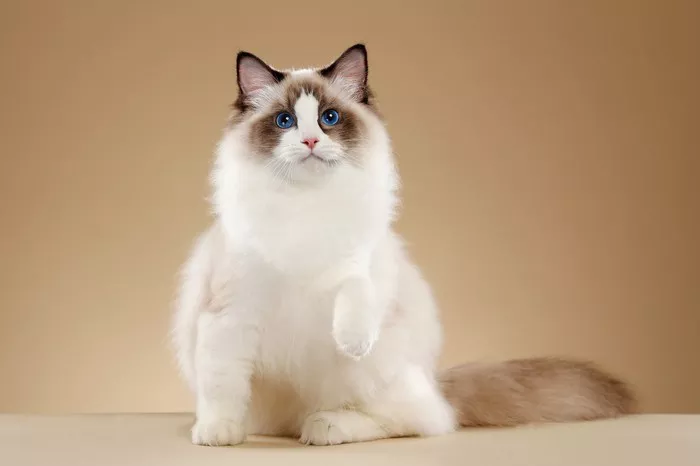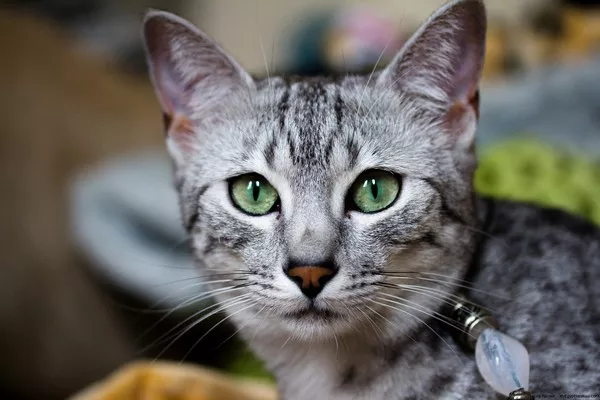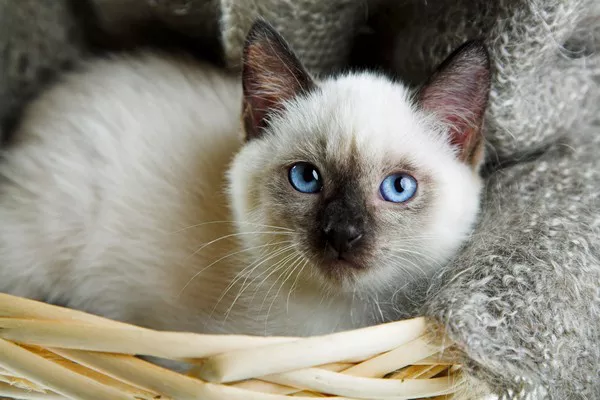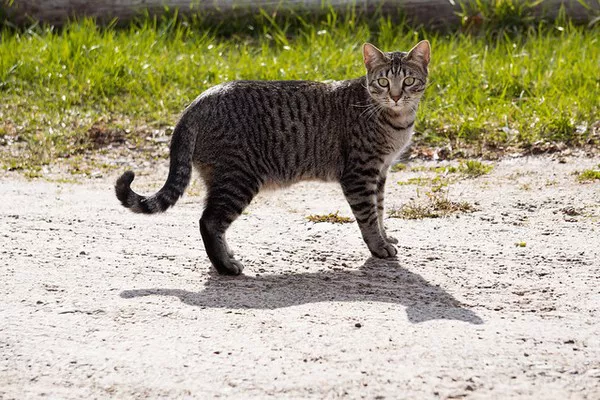Cats, those graceful and independent companions, often keep their mysteries hidden behind a veil of elegance. One aspect of feline care that may elude many pet owners is dental health. The question that surfaces is, “Do I need to brush my cat’s teeth?” In this exploration, we unravel the intricacies of feline dental care, understanding its significance, exploring alternatives to brushing, and discovering the art of maintaining those elusive pearly whites.
The Significance of Feline Dental Health
A cat‘s oral hygiene is not just about aesthetics; it plays a pivotal role in their overall well-being. Dental issues can lead to a range of problems, impacting not only their mouth but potentially affecting their organs. Understanding why dental care matters lays the foundation for addressing the question at hand.
Preventing Dental Disease:
Common Dental Issues: Cats are prone to dental problems, including periodontal disease, gingivitis, and tooth decay.
Pain and Discomfort: Untreated dental issues can cause pain, discomfort, and impact a cat’s quality of life.
Systemic Health Connection:
Organic Impact: Dental problems can extend beyond the mouth, affecting vital organs such as the heart and kidneys.
Inflammatory Response: Periodontal disease has been linked to inflammation in the body, potentially contributing to systemic conditions.
Early Detection of Issues:
Regular Examination: Routine dental care facilitates the early detection of dental problems.
Veterinary Intervention: Timely identification allows for veterinary intervention, preventing the progression of dental issues.
To Brush or Not to Brush: The Feline Dilemma
Brushing a cat’s teeth can be a challenging endeavor, often met with resistance and skepticism from both feline and human participants. However, it remains a gold standard in feline dental care. Let’s delve into the aspects of brushing and its alternatives:
Brushing Your Cat’s Teeth:
Ideal Dental Care: Veterinary associations recommend brushing a cat’s teeth as the most effective method of dental care.
Challenges: Cats may resist the process, making it a daunting task for pet owners.
Training and Patience: Gradual introduction, positive reinforcement, and patience can ease the process.
Alternative Dental Care Options:
Dental Diets: Specially formulated dental diets are designed to promote oral health through kibble texture and added dental care components.
Dental Treats and Toys: Dental treats and toys designed to reduce plaque and tartar offer a more palatable alternative.
Oral Rinse or Gel: Products like oral rinses or gels can aid in maintaining oral hygiene without the need for brushing.
Professional Dental Cleanings:
Veterinary Intervention: Regular professional dental cleanings performed by a veterinarian are essential for comprehensive oral care.
Anesthesia Concerns: Some pet owners express concerns about anesthesia during dental procedures, emphasizing the need for open communication with the veterinarian.
The Brushing Process: A Step-by-Step Guide
For those brave enough to venture into the realm of feline toothbrushing, a methodical and patient approach can make the experience more manageable. Here is a step-by-step guide:
Acclimatization:
Introduction to Tools: Gradually introduce the toothbrush and toothpaste to allow the cat to familiarize themselves with these objects.
Positive Associations: Associate the presence of the toothbrush with positive experiences, such as treats or play.
Toothbrush Selection:
Finger Brush or Traditional Brush: Choose a cat-friendly toothbrush or consider a finger brush for a less intrusive experience.
Soft Bristles: Opt for a toothbrush with soft bristles to avoid causing discomfort.
Toothpaste Choice:
Cat-Safe Toothpaste: Select a toothpaste specifically formulated for cats. Never use human toothpaste, as it may contain ingredients harmful to cats.
Introduction Gradually: Allow the cat to taste the toothpaste before attempting to brush.
Comfortable Environment:
Quiet and Calm: Choose a quiet and calm environment for the brushing session to minimize stress.
Gentle Approach: Begin by gently touching the cat’s lips and gradually progressing to brushing.
Positive Reinforcement:
Treats and Affection: Reward the cat with treats and affection after each successful brushing session.
Consistent Routine: Establish a consistent routine to build a positive association with toothbrushing.
Alternatives to Brushing: A Cat-Centric Approach
Recognizing that not all cats will readily accept toothbrushing, exploring alternative dental care options becomes imperative. The market offers a variety of feline-friendly products designed to promote oral health:
Dental Diets:
Texture and Components: Specially formulated kibble with a specific texture aids in mechanical plaque removal.
Nutritional Support: Dental diets often include added ingredients to support oral health.
Dental Treats and Toys:
Plaque and Tartar Control: Dental treats and toys are designed to reduce plaque and tartar through chewing and gnawing.
Entertainment Factor: Interactive toys provide both dental benefits and mental stimulation.
Oral Rinse or Gel:
Easy Application: Oral rinses or gels can be applied to a cat’s teeth and gums without the need for brushing.
Regular Use: Consistent use contributes to maintaining oral hygiene.
The Role of Professional Dental Care
While at-home dental care efforts are commendable, the expertise of a veterinarian remains invaluable. Regular veterinary check-ups and professional dental cleanings play a crucial role in comprehensive feline dental care:
Comprehensive Examination:
Detecting Issues Early: Veterinary examinations include the assessment of oral health, allowing for the early detection of dental problems.
Tailored Recommendations: Veterinarians provide tailored advice based on the cat’s specific dental needs.
Professional Dental Cleanings:
Under Anesthesia: Dental cleanings are typically performed under anesthesia to ensure thorough cleaning and minimize stress for the cat.
Addressing Underlying Issues: Professional cleanings address plaque, tartar, and potential dental issues that may not be visible during at-home care.
Communication with the Veterinarian:
Anesthesia Concerns: Open communication with the veterinarian about concerns regarding anesthesia helps address apprehensions.
Individualized Plans: Veterinarians create individualized dental care plans based on the cat’s age, health status, and dental history.
Conclusion
In the tapestry of feline care, the question of whether to brush a cat’s teeth invites pet owners into the realm of comprehensive oral hygiene. While brushing remains the gold standard, it’s essential to acknowledge that individual cats may have different preferences. Whether through brushing, alternative dental care methods, or professional interventions, the goal is to nurture those elusive feline smiles. With a commitment to understanding feline dental health and a tailored approach to care, pet owners embark on a journey to ensure their cats enjoy a life filled with oral well-being and the joy of flashing those pearly whites.



























